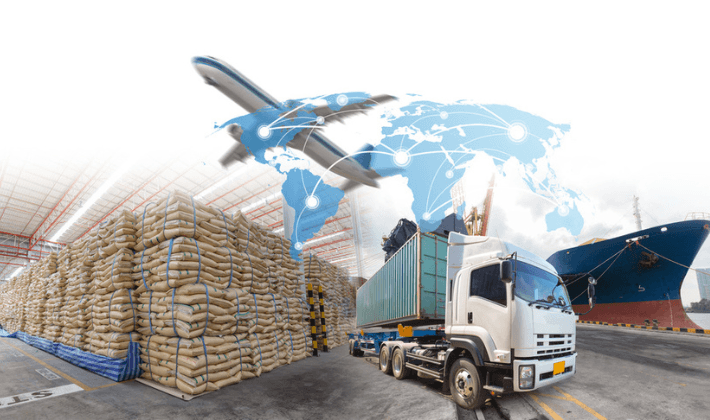
Technology makes the world go around — especially when it comes to powering supply chains. Companies adopting and embracing supply chain technologies quickly find tech is the key to creating certainty where it might not otherwise exist, a hard lesson taught by the COVID-19 pandemic. This certainty stems from technology’s ability to produce visibility, accountability, and transparency across the chain of custody.
The question is, are you embracing supply chain technology as it becomes available? Or are you prone to hanging onto legacy tech while more innovative and advanced systems come online?
Technology as a competitive advantage
Technology is constantly evolving. No matter what industry you’re in or what products or services you provide, if you don’t keep up, you’ll be left behind. This is especially true when it comes to the technologies involved in supply chain management. Many businesses are leaning on technology to their advantage (and your disadvantage) to conquer post-COVID supply chain challenges.
Today, with the building blocks of Industry 4.0 and the Internet of Things (IoT) firmly in place, there’s been an explosion of innovation in the supply chain sector. What technologies will create a meaningful impact for your business?
While it’s difficult for companies to know where they should focus their supply chain investments, you must start somewhere. Begin by looking for emergent tech solutions to address your biggest challenges.
Applying technology across the supply chain
From enabling efficiencies to preventing loss, from protecting equipment to promoting safety, here are some of the leading-edge technologies helping companies tackle today’s biggest supply chain headaches:
- Automation and robotics. Picking and packing is one of the last labor-intensive steps in the supply chain — but automation and robotics are changing this. New technologies like fast picking systems and automated guided vehicles go beyond productivity improvements, helping warehouses manage omnichannel strategies while reducing labor overhead. By 2026, Garner estimates 75% of enterprise companies will rely on integrated warehouse robotics.
- Real-time tracking. Companies are enjoying a streamlined flow of information thanks to software advances in the realm of supply chain IT — particularly where transportation management systems are concerned. As software enables real-time access to data across the chain of custody, businesses can increase visibility and improve decision-making involving freight.
- Microservices architecture. Supply chain management has moved out of a siloed management environment, but it’s still a mess for many companies. Breaking down a monolithic management model into microservices can give companies the visibility they need to manage each aspect of their supply chain accordingly while keeping everything cleanly integrated.

How to recognize and embrace technology
Technology is always evolving. And while today’s tech might not solve your problems overnight, it can often provide benefits if you learn to use it. In some cases, like with supply chain IT and software, if the right solution isn’t available on the market, building it yourself is now possible. The expense of such a development can serve as an investment in the long-term success of your business.
It’s not easy to adopt new technologies — especially if you believe your current tech is getting the job done. Remember, a willingness to embrace tech in the face of change will keep your business on the leading edge, no matter how supply chains evolve.